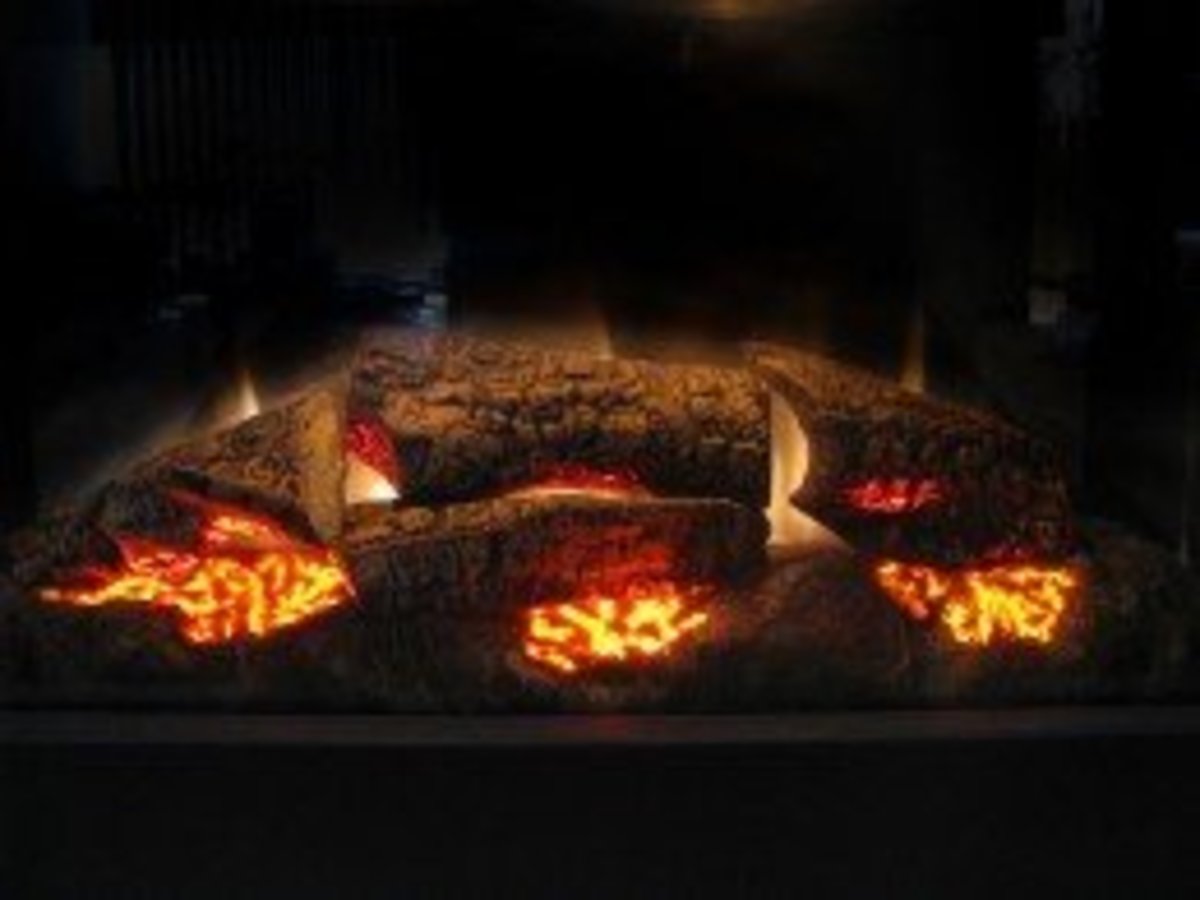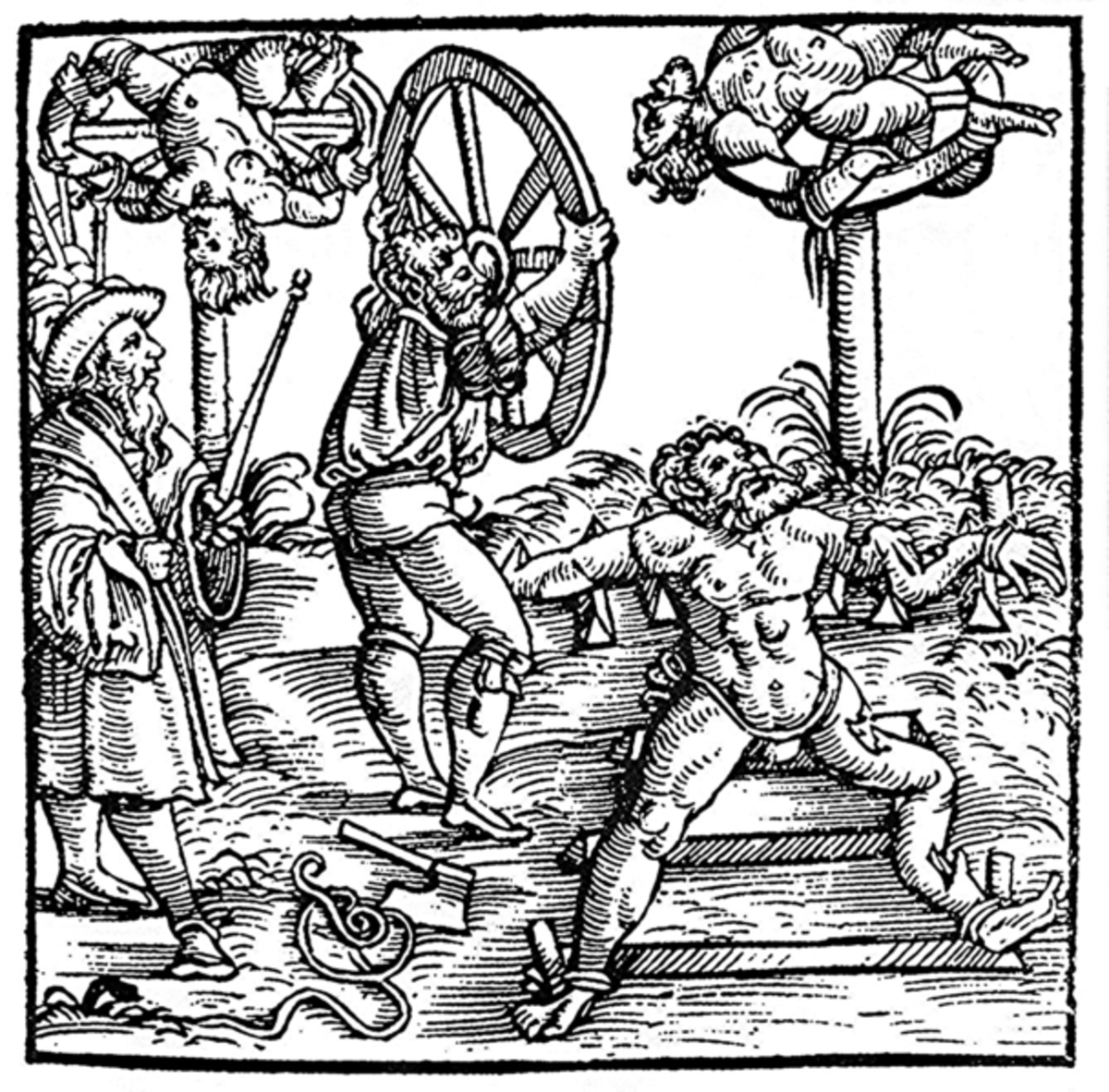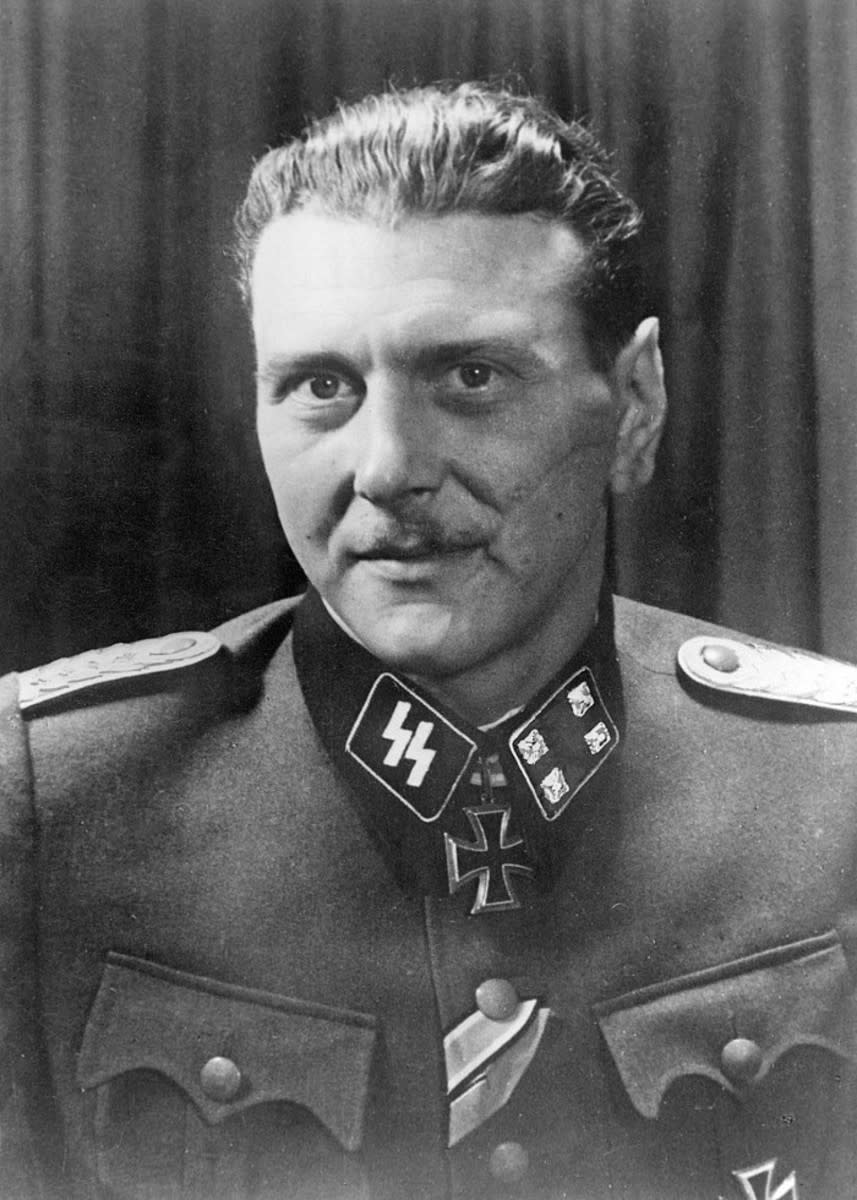The History of the Chimney
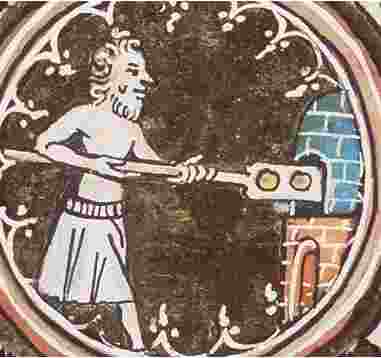
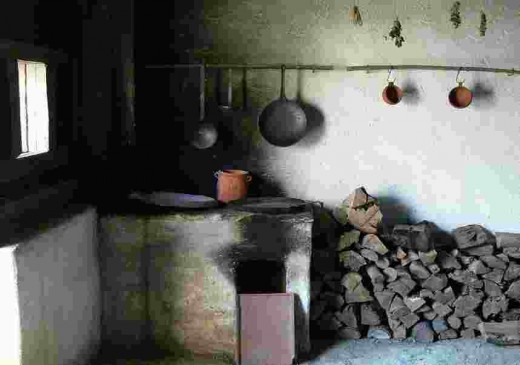
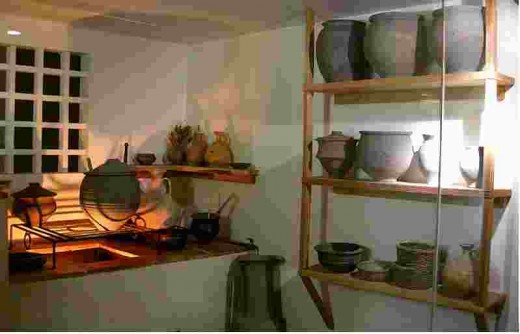
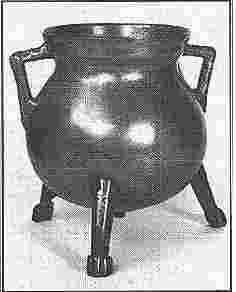
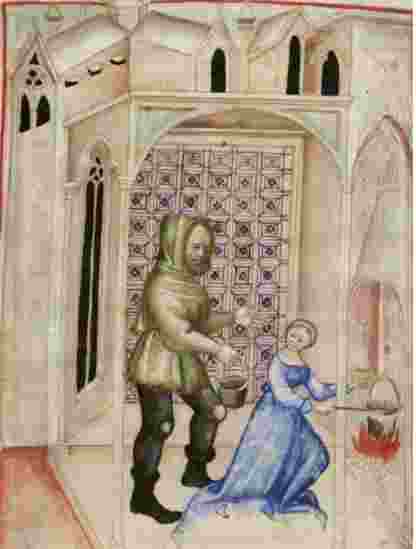
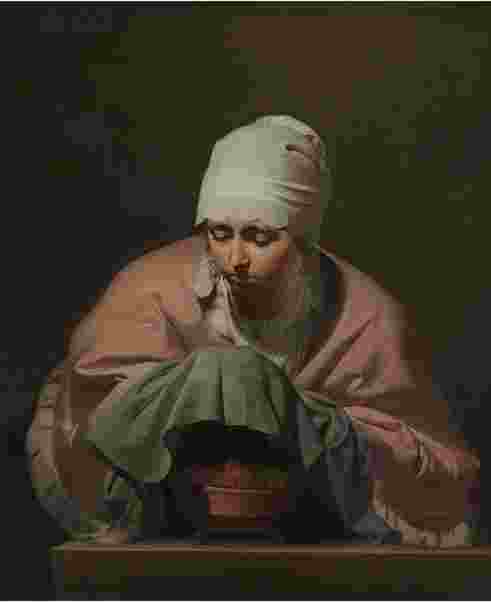
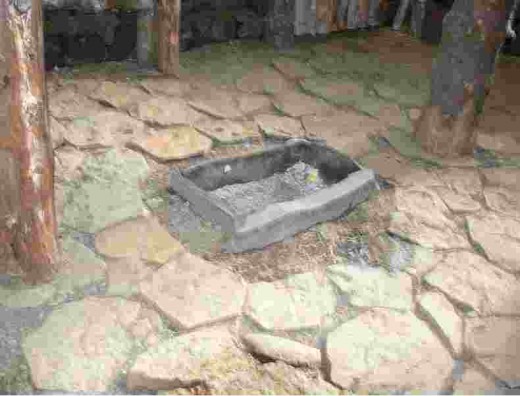
The History of the Chimney
The chimney is often listed in novels as though it existed from the dawn of time. Actually it did not exist before around 1200 AD. Even then in its first incarnation it gave out little heat until 1720 and the many innovations making it better for cooking than an open flame, happened after 1600.
Greeks and Romans commonly used 'braziers', a container for burning wood.These containers were clay or metal and stood upright or hung in a room. But Roman's also used fire to warm the hot air in spaces under the room or pool. From there they routed the heat through tile ducts in the walls. The technology was forgotten with the fall of the Roman Empire. Cooking was done on an oven built against a wall with a granite top. There were no holes to ventilate rooms. Cooking was done in courtyards without a roof.
In Europe in the first millennium before the chimney, food was cooked on a fire built on a stone floor. Peasants had one room dwellings. These hearths were usually located in castles in the middle of the floor of the biggest room.They were very inefficient for heating the room. Rooms had to be large and well ventilated so that people could be sure they would not suffocate from carbon monoxide. There were holes in the roof. In spite of this, smoke often filled the room and there was soot on the clothes, in the lungs and on the skin of the people.
Chimneys offered controlled fire with venting, a unique innovation. At first chimneys were built only for bakery ovens. Then the heat they gave off gave rise to their use in the home. The first castle to use heating from a chimney was in 1180. It replaced the hearth in the middle of the big room. Every other room remained unheated at that time.These first chimneys were built of wood and plaster. Later it was found that brick or stone were better as they could resist catching fire.
At first only the area around the fire was warm. Chimneys were too wide, taking up almost the entire width of the room. Benches were placed under the mantel after the fire had died down and wicker baskets were provided for the feet so they did not get dirty. People could chat and be warm. Meetings were held in winter and sewing was done in the fireplace.
It took until the 1500s before chimneys were common in houses. By then more rooms were heated. But it was still inefficient. Only the area around the fireplace was warm. The ducts were straight and too wide. Even in the late 1600s the fireplaces at Versailles in the dining room could not warm the royal diners. The water reportedly froze in the glasses in which it was served and diners wore furs in winter.
The chimney fire was now used for cooking food, but it was no different than cooking on an open flame. A fire was made under a small flue and the temperature of the pot determined by it's position on a chain. Metal platforms at the bottom of the chimney invented in the 1600s improved cooking. Logs were raised off the ground. A hanging rack in the form of a ring with various holes allowed one to adjust the temperature. Cooking was now done in front of the actual fire, sometimes glowing embers were placed on top of a long handled pot. Various types of pans and pots were created.
Then chimneys got smaller and brick was placed around tile to reflect out and radiate heat. By 1720 chimneys were made narrower and deeper and mantels lowered. The chimney shafts were curved. For the first time the chimney could heat whole rooms.
In the Early Modern Era wood got more scarce and expensive. Chimneys began to run on coal which created a dirtier kind of smoke. The burning of coal left a layer of minerals and soot on the flue. Many of these chemicals were carcinogens. The chimney had been a vent for smoke but with coal the hot gas sucked air into the fire. The flues became more angular and narrow, as small as 9 square inches. Adults could not clean them out.
This opened the way for the tragedy of the child chimney sweep. After the fire of 1666 burned London new regulations for the safety and cleaning of chimneys were passed. Before the age of machinery or plumbing this dangerous and dirty work had to be done manually.
Boys from 6 to 12 were recruited by the chimney sweep. They were known for dressing in a black suit and top hat as these were the caste off clothes from funeral homes. The boys they purchased were orphans or they were sold by their parents. Their treatment was inhumane. Their knees were rubbed with acid and they were forced to stand close to the fire to make them tough for climbing the narrow flues. They were covered in soot and rarely given a bath. At night they slept on carcinogenic bags of soot. They worked for nothing but food.
The work was dangerous. They fell from rotten chimneys to their death.They got stuck in flues and suffocated. The bad food and conditions of work caused them to have problems with their joints. Those who did not climb fast enough had fires started below, or children were made to follow behind them pricking their feet with straight pins to increase their speed. As young adults they often developed testicular cancer which spread and then killed them. By 1875 however machines were developed to clean flues and laws were passed to protect children from the profession.
The invention of the chimney allowed venting which made it possible to heat a part of a room without smoking the inhabitants. For the first time rooms did not have to be drafty and large to avoid suffocation. However the chimney was really only an efficient source of heat from 1720 and an improvement over cooking on an open flame after 1600. In the modern era the fireplace has evolved into the furnace and central heating. The wood burning stove has evolved into the gas and electric stove, both of which would have been beyond the dreams of women of the age.

